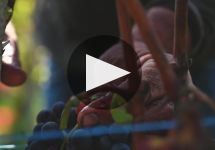G.D. Vajra Barolo Coste di Rose 2019
-
Wine
Enthusiast -
Robert
Parker -
Wine
Spectator -
Jeb
Dunnuck -
James
Suckling
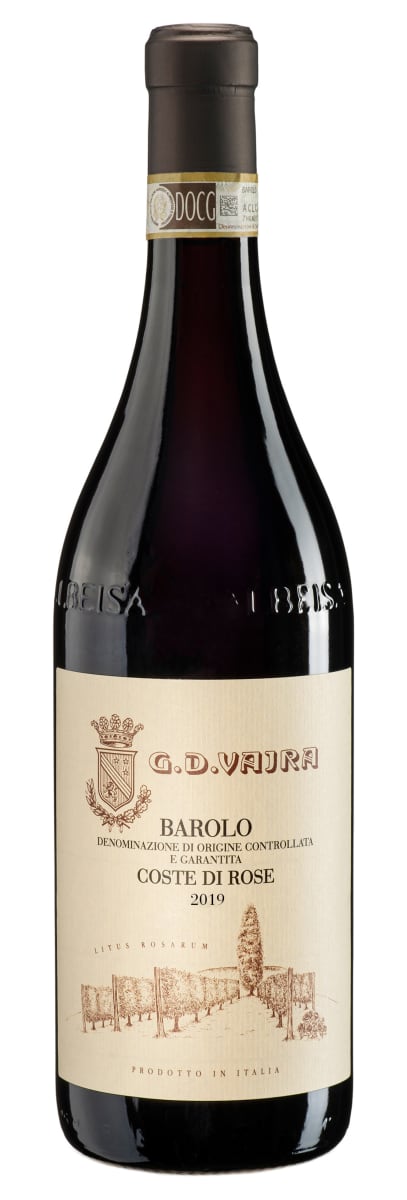


Product Details
Your Rating
Somm Note
Winemaker Notes
The 2019 G.D. Vajra Barolo Coste di Rose is a classic garnet color with a lively core. Scents of rosehip, wet stone, mint, sweet spices, white pepper and sweet marasca cherry entice all senses. The wine is still very youthful in the palate, with a sapid backbone wrapped by a lingering fresh red fruit in the finish.
Blend: 100% Nebbiolo
Professional Ratings
-
Wine Enthusiast
This wine lifts from the glass with poise and confidence from the get go. Macerated and dried raspberries capture the attention, as wildflowers, herbs and truffles draw you deep into the glass. The textured palate offers layers of mixed red berries that are framed by fine, yet firm tannins and crunchy acidity. The wine ends with tart red fruits, mint and dusty chalk.
-
Robert Parker's Wine Advocate
Compared to Bricco delle Viole, Coste di Rose is distinguished by sandstone soils at lower elevations of 340 to 350 meters above sea level. There is a lot of variability in the soils, and as they change, Nebbiolo behaves differently, picking up new aromas and textural qualities along the way. The G.D. Vajra 2019 Barolo Coste di Rose shows a darker core of fruit with dusty earthy tones and campfire ash. The grape skins were quite thick in 2019, meaning that less work was done with submerged cap and other extractive methods. The beauty of this wine is the mouthfeel, which feels rich, tight and silky.
-
Wine Spectator
An open, fluid red, yet with a solid underpinning of tannins, this offers cherry, raspberry, earth and iron flavors. Accents of tomato leaf and eucalyptus peek through on the long aftertaste.
-
Jeb Dunnuck
Taking on a jeweled ruby appearance, the 2019 Barolo Coste Di Rose displays a bit more depth in its aromas of raspberry, pure cherry, and sweet floral perfume. Revealing a lovely, fine tannin structure on the palate, it is an approachable red with a gentle arch to its notes of sandy soil and crushed stones as well as its soft texture on the finish. This is an elegant wine with a lot of charm to drink now or over the next 10 to 15 years.
Rating:93+ -
James Suckling
Very perfumed with fresh roses and lilacs as well as cherries and raspberries. Medium-bodied with firm tannins and a slightly fluid center palate, but should fill in nicely with bottle age. From organically grown grapes.
Other Vintages
2021-
Robert
Parker -
James
Suckling - Vinous
-
Jeb
Dunnuck -
Wine
Spectator -
Wine
Enthusiast -
James
Suckling - Vinous
-
Robert
Parker -
Wine &
Spirits -
Wine
Spectator -
James
Suckling - Decanter
-
Wine
Enthusiast -
Wine &
Spirits -
Jeb
Dunnuck -
Robert
Parker -
James
Suckling -
Wine
Spectator
-
Wine &
Spirits -
Wine
Spectator -
James
Suckling -
Robert
Parker
-
Wine
Enthusiast -
Wine &
Spirits -
Wine
Spectator
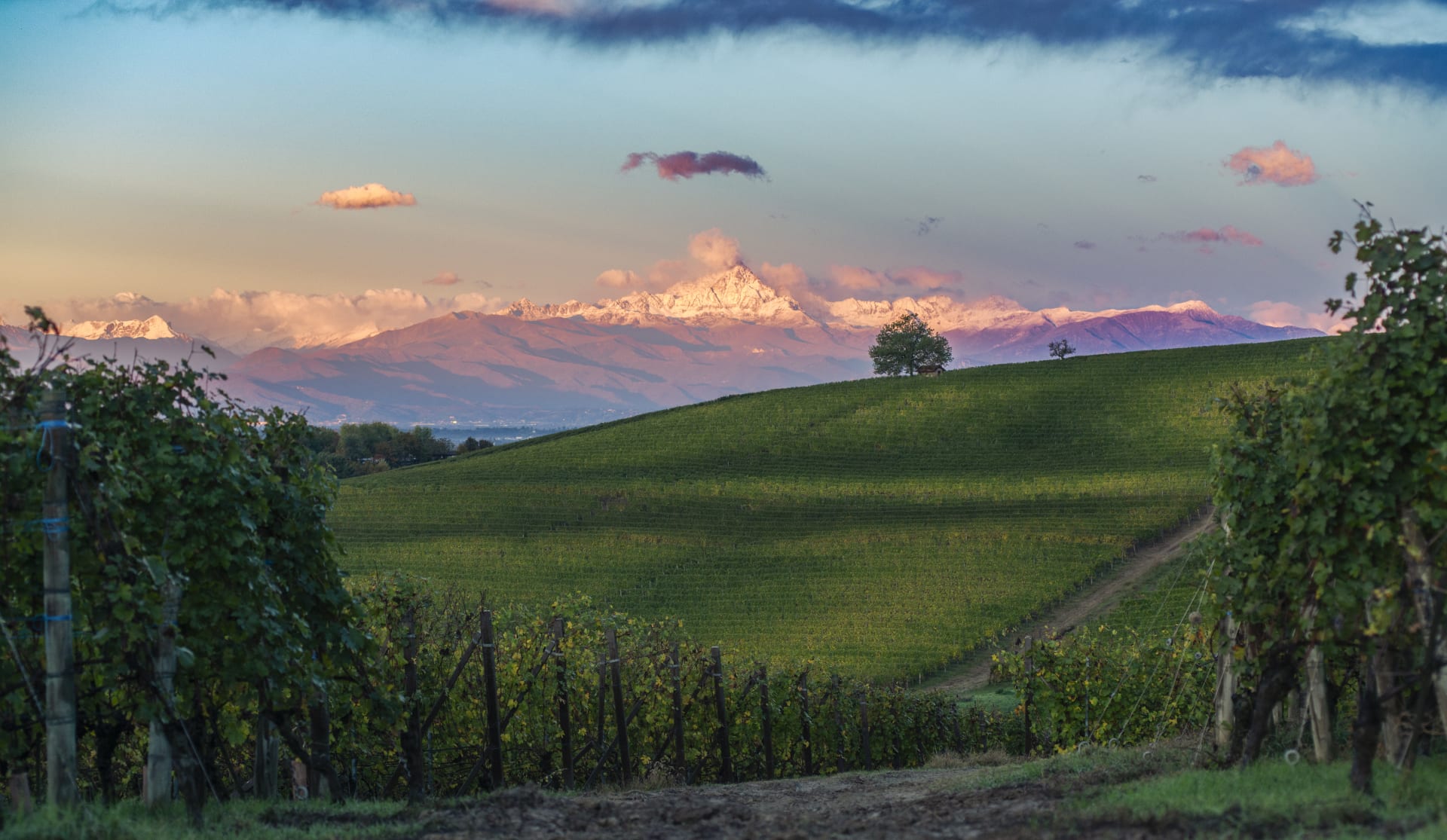
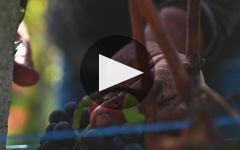
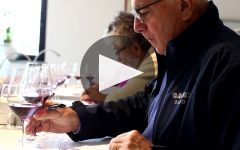
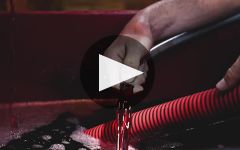
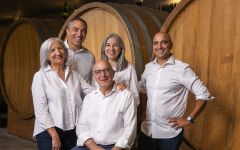
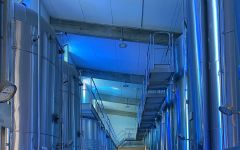
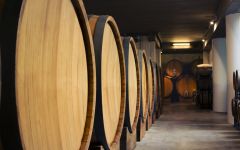

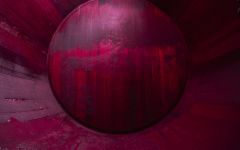
The Vajra family has farmed Bricco delle Viole, the highest cru in Comune di Barolo, since the 1880s. At the young age of fifteen, Aldo Vajra embraced the dream to revive his family legacy. Displaying a vision and commitment belying his young age he took over the estate in 1968, turning a new page.
Aldo soon acquired the first organic certification of the region (1971), created private biotype selections (selezioni massali) of Nebbiolo and Dolcetto, pioneered the renaissance of Freisa, a noble yet forgotten local grape (1980) and the cultivation of Rhine Riesling in Piemonte (1985).
Today, the Vajra family continues the vineyard research focusing on the influence of soil and climate change. The winery is trail-blazing the rediscovery of Chiaretto di Nebbiolo and the wines of the 17th century – long before Barolo was created - through two limited-production wines: "N.S. della Neve" (a champagne-method rosé brut) and "Claré J.C.", a partial whole-cluster fermentation of pure Nebbiolo.
High elevation vineyards are a unique factor to the Vajra wines, for their ability to express finesse and remarkable complexity over power.
Attention to details and humility towards the nature, uncompromised efforts and humanity: so are Aldo and Milena, now joined by their energetic children Giuseppe, Francesca and Isidoro, and by an amazing team of young professionals, in their quest for an authentic expression of their land into the wines. G.D. Vajra is an independent winery, entirely family-owned.
The winery quality focus grows during the years, SNQPI (2016) and Equalitas (2022) joined their certifications pack, the research on the flora and fauna, the improvement of biodiversity and the preservation of the old vines are a part of their everyday life and the future goal. G.D. Vajra is an independent winery, entirely family-owned.

Responsible for some of the most elegant and age-worthy wines in the world, Nebbiolo, named for the ubiquitous autumnal fog (called nebbia in Italian), is the star variety of northern Italy’s Piedmont region. Grown throughout the area, as well as in the neighboring Valle d’Aosta and Valtellina, it reaches its highest potential in the Piedmontese villages of Barolo, Barbaresco and Roero. Outside of Italy, growers are still very much in the experimentation stage but some success has been achieved in parts of California. Somm Secret—If you’re new to Nebbiolo, start with a charming, wallet-friendly, early-drinking Langhe Nebbiolo or Nebbiolo d'Alba.

The center of the production of the world’s most exclusive and age-worthy red wines made from Nebbiolo, the Barolo wine region includes five core townships: La Morra, Monforte d’Alba, Serralunga d’Alba, Castiglione Falletto and the Barolo village itself, as well as a few outlying villages. The landscape of Barolo, characterized by prominent and castle-topped hills, is full of history and romance centered on the Nebbiolo grape. Its wines, with the signature “tar and roses” aromas, have a deceptively light garnet color but full presence on the palate and plenty of tannins and acidity. In a well-made Barolo wine, one can expect to find complexity and good evolution with notes of, for example, strawberry, cherry, plum, leather, truffle, anise, fresh and dried herbs, tobacco and violets.
There are two predominant soil types here, which distinguish Barolo from the lesser surrounding areas. Compact and fertile Tortonian sandy marls define the vineyards farthest west and at higher elevations. Typically the Barolo wines coming from this side, from La Morra and Barolo, can be approachable relatively early on in their evolution and represent the “feminine” side of Barolo, often closer in style to Barbaresco with elegant perfume and fresh fruit.
On the eastern side of the Barolo wine region, Helvetian soils of compressed sandstone and chalks are less fertile, producing wines with intense body, power and structured tannins. This more “masculine” style comes from Monforte d’Alba and Serralunga d’Alba. The township of Castiglione Falletto covers a spine with both soil types.
The best Barolo wines need 10-15 years before they are ready to drink, and can further age for several decades.
